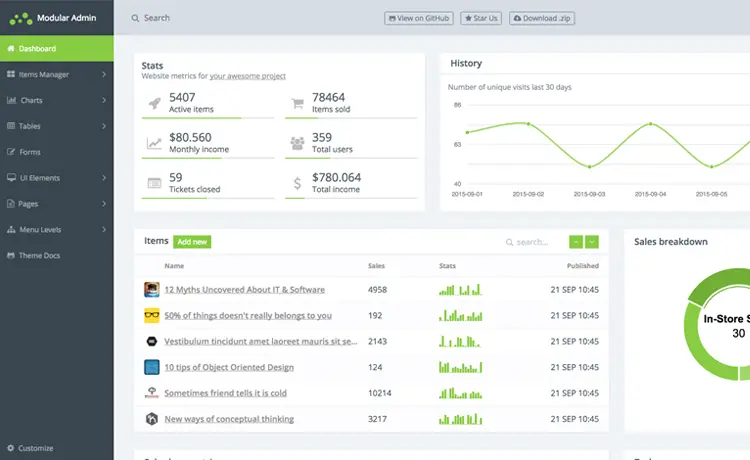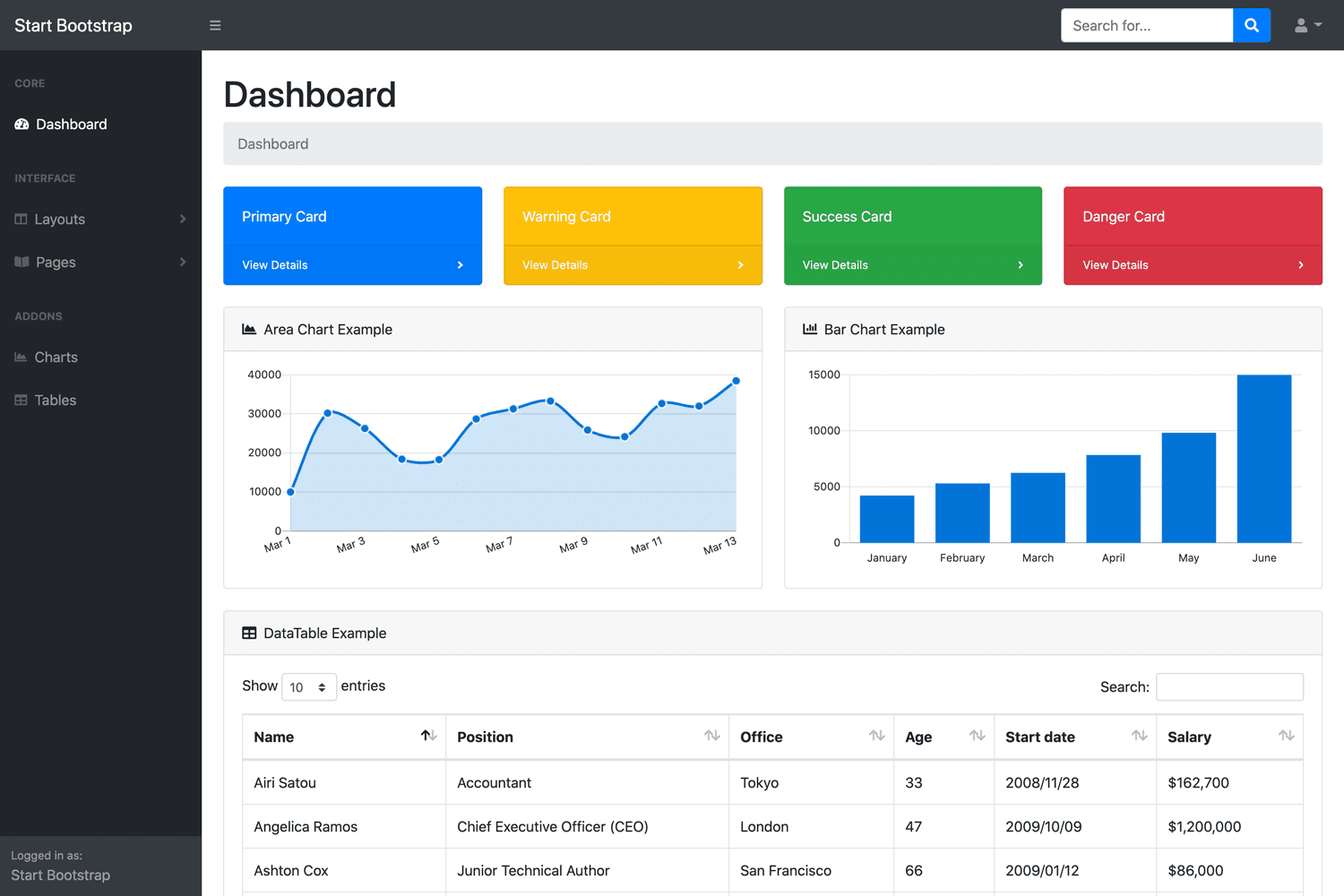Restoring MySQL Databases with mysqldump
By Tan Lee Published on Feb 14, 2025 246
In MySQL, having a proper backup is especially important when the database becomes unavailable, damaged, or corrupted. A reliable backup can help minimize downtime when restoring the database after a failure or other issues.
If you encounter problems with your MySQL database, such as corruption, the mysqldump command offers an easy and effective way to restore your database from a backup. mysqldump is a command-line utility that enables users to create logical backups by generating a text file containing SQL statements that can recreate the database in its original state. This command can be used to create dump files for both backup and restore purposes.
Process to Restore MySQL Databases Using the mysqldump Command
To restore a MySQL database from a dump file using mysqldump, ensure the following prerequisites are met:
- The MySQL backup file you are trying to restore is accessible and up to date.
- You have the necessary privileges to execute the SQL commands for the dumped tables. Ensure you have privileges like
SELECT,SHOW VIEW,TRIGGERS, andCREATE. - The MySQL server is running and properly configured for the connection.
Once you've verified these points, follow the steps below to restore the database:
Step 1: Drop and Recreate the MySQL Database
Before restoring, you need to drop the existing database (if any) and recreate it.
mysql -u root -p -e "DROP DATABASE db_name; CREATE DATABASE db_name;"
Replace db_name with the name of your database.
Step 2: Restore the Database
After dropping and recreating the database, restore the database from the dump file using the following command:
mysql -u root -p db_name < dump.sql
Replace db_name with your database name and dump.sql with the path to your backup file.
Step 3: Verify the Restored Database
Once the command is executed successfully, verify that the data has been restored by running:
mysql -u root -p -e "USE db_name; SHOW TABLES;"
This will display a list of the tables in the restored database.
Note: The mysqldump utility operates with single-threading, meaning that restoring large MySQL databases (over 10 GB) can take a significant amount of time.
Alternative Solution to Restore MySQL Databases
In cases where your backup file is outdated, corrupt, or damaged, you may not be able to restore the database using native MySQL utilities. If this happens, consider using a professional third-party MySQL repair tool, such as Stellar Repair for MySQL, to recover data from a corrupted MySQL database file.
Stellar Repair for MySQL is an advanced tool that can repair MySQL databases without any file-size limitation. It supports recovery for databases created with both InnoDB and MyISAM storage engines. This tool can restore all database objects, including tables, partitioned tables, views, triggers, primary keys, foreign keys, and more. It is compatible with both Windows and Linux operating systems.
Key Features of Stellar Repair for MySQL:
- Repairs databases created with MyISAM and InnoDB storage engines.
- Previews all data, including tables and queries, before recovery.
- Offers options to save recovered data in MySQL, SQL Script, XLS, CSV, and HTML formats.
Prevent Corruption or Damage in MySQL Databases
To minimize the risk of MySQL database corruption or damage, follow these preventive measures:
- Avoid forcefully closing the MySQL server application, as this can lead to corruption. Always shut down the MySQL server properly before shutting down your system.
- Regularly update your system with the latest Windows updates and antivirus software.
- Make periodic backups of your MySQL database to avoid data loss in case of emergencies.
Conclusion
In the event of a corrupted MySQL database, you can easily restore it from a dump file using the mysqldump command. This article has outlined the process of using mysqldump to restore MySQL databases. However, if your backup is outdated or corrupted, consider using an advanced MySQL repair tool like Stellar Repair for MySQL to recover data from a damaged MySQL database. This tool can repair databases of any size and restore all objects without modifications. It is compatible with MySQL 8.0.36 and earlier versions, as well as MariaDB up to version 11.3.2.





